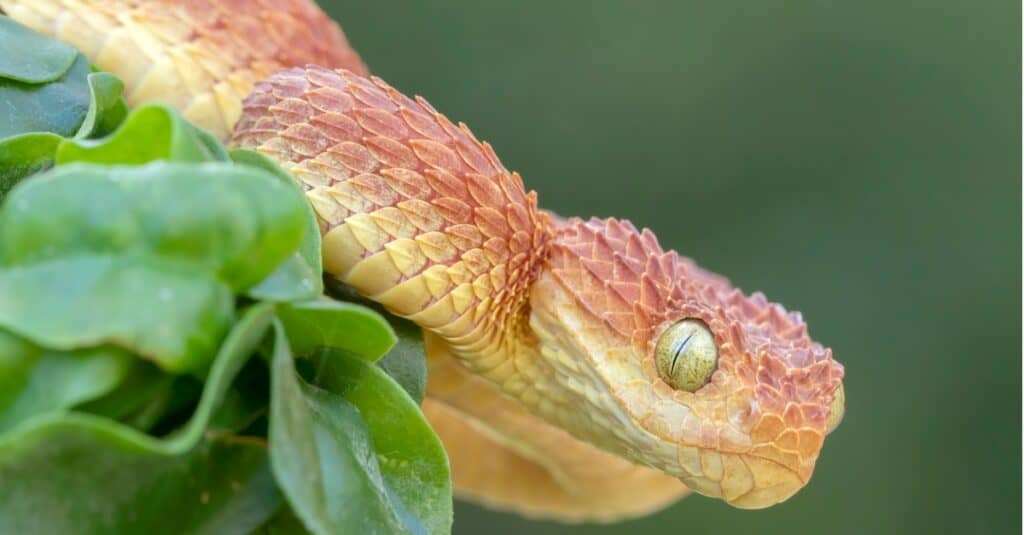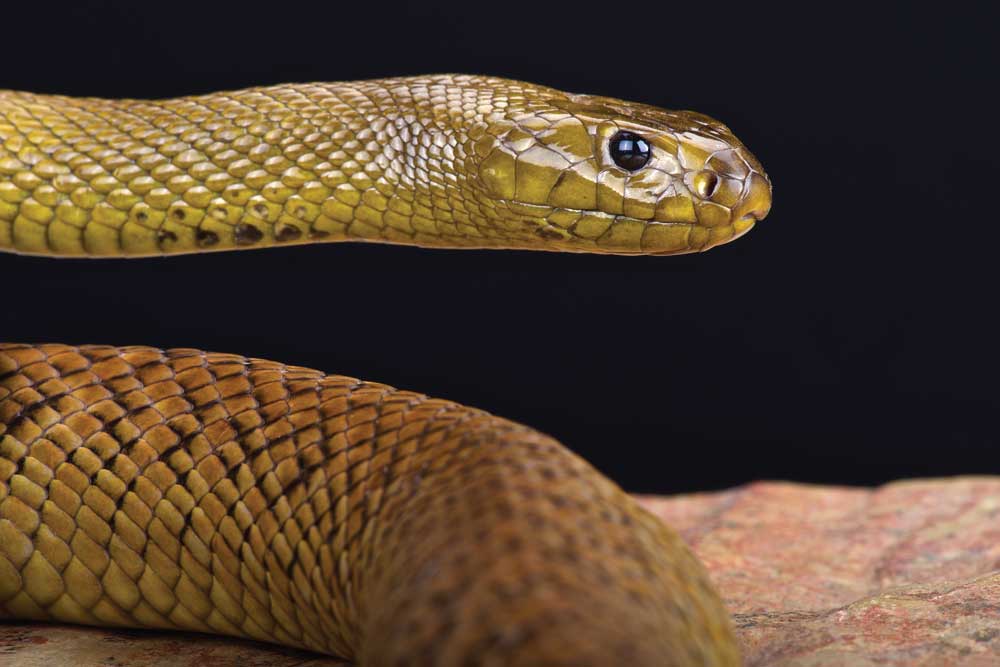Introduction
Australia is famous for its distinct wild animals, including a diverse selection of venomous serpents. These creatures, while often feared, play important functions in maintaining ecological balance. Comprehending the preservation of Australia's poisonous serpents and the duty that education and recognition play can greatly boost our conjunction with these fascinating reptiles. This write-up checks out different facets of serpent conservation, the importance of public education and learning, and sensible first aid actions for serpent bites.
Conservation of Australia's Venomous Snakes: The Duty of Education And Learning and Awareness
In Australia, snakes are an essential part of the community, regulating bug populaces and adding to biodiversity. Nevertheless, many types face hazards because of habitat loss, types of dangerous snakes environment modification, and human activity. The preservation efforts aimed at securing these reptiles pivot considerably on education and raising recognition among the public.
By informing individuals about snake behavior, their environmental value, and risk-free techniques for cohabiting with them, we can reduce fear-driven activities that lead to unneeded murders or injuries. Educational initiatives help resolve misconceptions surrounding snakes-- Go to this site such as the typical inquiry: are tiger snakes venomous?-- and encourage respect for their first aid for snake bite australia role in nature.
The Importance of Awareness Programs
Awareness programs are necessary in changing public perceptions regarding serpents. Numerous individuals view these reptiles as inherently dangerous without recognizing their ecological roles. Public outreach initiatives can consist of workshops, area occasions, college programs, and info projects developed to enlighten individuals regarding:
- Identification of venomous species: Recognizing which serpents are dangerous helps individuals stay clear of encounters. Safe behaviors: Training people how to act around serpents can prevent bites. First aid knowledge: In situations where bites do take place, being educated regarding first aid for snake attacks can save lives.
By boosting understanding via structured education initiatives, we can foster a culture that appreciates wild animals and focuses on conjunction instead of fear.
Types of Venomous Snakes Established In Australia
Australia is home to several of the globe's most venomous serpents. Right here's a short introduction:
Tiger Snake (Notechis scutatus)- Commonly located in seaside regions. Known for its potent neurotoxic venom. Frequently seen near water bodies.
- Highly hostile with potent venom. Responsible for more snakebite casualties than any other varieties in Australia.
- Known for its ambush hunting style. Has swift striking speed with very neurotoxic venom.
- One of Australia's largest poisonous snakes. Its bite can deliver big quantities of neurotoxin.
- Generally non-aggressive yet still has dangerous venom. Found mostly along the southwestern coast.
Understanding Their Habitats
Understanding tiger serpent environment is necessary for both preservation initiatives and public safety. Tiger snakes grow in areas near to water sources such as swamps, lakes, and marshes but they also occupy seaside regions. Shielding these environments is vital for making certain the survival of not only tiger snakes but additionally other wildlife within these ecosystems.

Habitat Defense Initiatives
Various organizations work in the direction of environment defense via efforts such as:
- Establishing safeguarded areas Restoring broke down habitats Promoting sustainable land usage practices
These determines not only profit tiger snakes however add to overall biodiversity conservation.
The Function of Research study in Preservation Efforts
Research plays a pivotal function in understanding snake populaces and their wellness condition. Recurring researches right into the ecology and behavior of Australian serpents educate conservation techniques by providing information on populace numbers, breeding patterns, and risks faced by different species.
Key Research Locations Include:
- Venom analysis Population dynamics Habitat preferences
This research can lead efficient monitoring plans to protect at risk varieties while helping with conjunction with humans.
First Aid for Serpent Bites: Essential Knowledge
One crucial element that intertwines with education and learning is understanding what to do in situation one deals with a snake attack-- a situation that requires prompt feedback skills.
What Every First Aid Package Need To Contain
A proper serpent bite emergency treatment set need to consist of:
- Compression bandages Sterile gauze pads Antiseptic wipes A splint or immobilization device Emergency get in touch with numbers
Step-by-Step First Aid Therapy for Snake Bite
Remain calm; try to restrict motion as it may spread out venom quickly. Apply a compression plaster over the bite site without removing circulation. Keep the bitten limb debilitated at or below heart level. Seek emergency situation medical help immediately.Why Education on First Aid Is Crucial
Educating areas about first aid actions ensures timely actions throughout emergencies which can dramatically minimize morbidity related to serpent attacks across Australia.
Frequently Asked Concerns (Frequently asked questions)
1. Are tiger serpents venomous?
Yes! Tiger snakes are extremely venomous with neurotoxic effects that make punctual medical therapy crucial after a bite.
2. What should I do if bitten by an infant tiger snake?
Follow criterion emergency treatment treatments right away-- keep one's cool, debilitate the arm or leg, apply pressure above the bite website using a bandage or cloth without limiting blood flow-- and look for clinical assistance without delay.
3. Just how usual are snake attacks in Australia?
While stats differ year-to-year because of aspects like weather conditions affecting serpent tasks; ordinary reports suggest around 300 cases yearly with fatalities being relatively rare as a result of better medical responses.
4. Can I treat a serpent bite at home?
No! Home treatments such as applying ice or drawing out poison are inefficient; professional clinical attention is required after any kind of presumed bite incident.


5. What's one-of-a-kind about eastern brownish snakes?
They're known for their hostile nature incorporated with potent poison; they account for most fatal bites in Australia due mostly to their proximity to inhabited areas!
6. What are some typical indications complying with a serpent bite?
Symptoms may include swelling around the bite location, discomfort at or near the site; systemic signs and symptoms could entail nausea or vomiting or problem breathing relying on toxic substance type soaked up right into bloodstream!
Conclusion
Conservation efforts bordering Australian venemous serpents hinge on reliable academic methods that equip neighborhoods while cultivating respect towards these often-misunderstood animals! By enhancing understanding regarding their eco-friendly relevance alongside proper safety and security methods-- consisting of first aid expertise-- we pave roads towards lasting coexistence profiting both people & & wild animals alike!
In essence-- the conversation bordering conservation needs to continue growing with aggressive interaction weding scientific research along with community involvement ensuring meaningful effect today & & tomorrow!